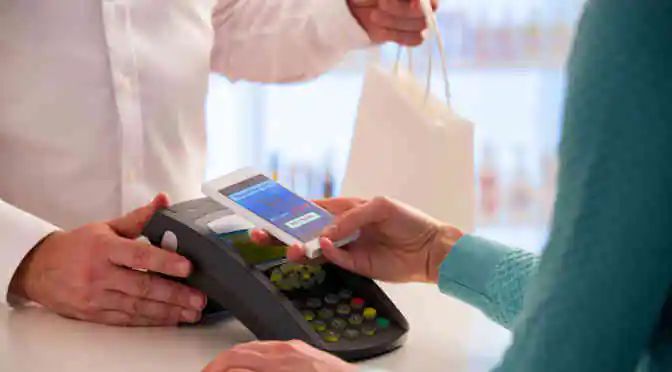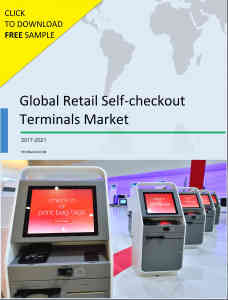In today’s technologically advanced world, life is moving at a fast pace. We expect things to be done faster and without too much of an hassle. There is no exception to this when it comes to shopping as well, a long queue at the point of sale is as exasperating as a long traffic jam.
Market analysts have quoted that long queues are leading to lost sales and seriously affecting profit margins. This is particularly accentuated in cases where the customer has only a few items to get billed but having to wait in long queues for it makes them impatient, leading to loss of sale for the business (and a angry customer to boot). This is where the breakthrough technology of self-checkout comes in handy. Here, customers pick their desired items while browsing through the store and scan it themselves with their smartphones. Only the payment is made at the cash counter. This helps to eliminate the process of individual scanning of items at the cash counter before making the payment which in turn leads to long customer queues.
Self Checkout is benefitting from the growth of the retail sector
Technavio’s market research analysts think that the market for self-checkout terminals in retail will grow massively in the next five years, thanks to the rapid increase in the number of retail stores. In the US, the retail-self-checkout market is highly fragmented due to the presence of several international, regional and local vendors. The key vendors in this market are intensely competing to provide innovative and differentiated products along with top-notch after sales services. Some of the leading vendors in this market include –
Practically, the market for self checkout terminals can be segmented based on the following parameters-
1) Segmentation by end user–
- Convenience stores, supermarkets, and hypermarkets
- Specialty store
The popularity of self-checkout terminals is increasing in convenience stores, supermarkets, and hypermarkets since it helps them to reduce customer waiting time, to provide better customer service, and improved cash handling. Also, the implementation of self-checkout terminals also reduces the involvement of manual labor and thereby improves the efficiency of front-end operations.
2) Segmentation by functionality–
- Self-checkout terminals
- Hybrid checkouts
- Cash and cashless self-checkout terminals
Self-checkout is done by customers themselves, whereas a hybrid may involve a store attendant assisting the customer. Cash and cashless terminals are differentiated based on the mode of payment opted by the customer. This helps to simplify financial transactions and reduces the risk of errors.
Self-checkout is a convenience that will help bring in footfalls
In a competitive market scenario where businesses are competing to differentiate themselves from their competitors and provide better service to the customers, it is essential to have an USP which makes a business stand out from the crowd. In case of retail, the self-checkout terminals are one such innovation. When shopping in itself is considered as an “experience” today, why not give your customers the best of it?




